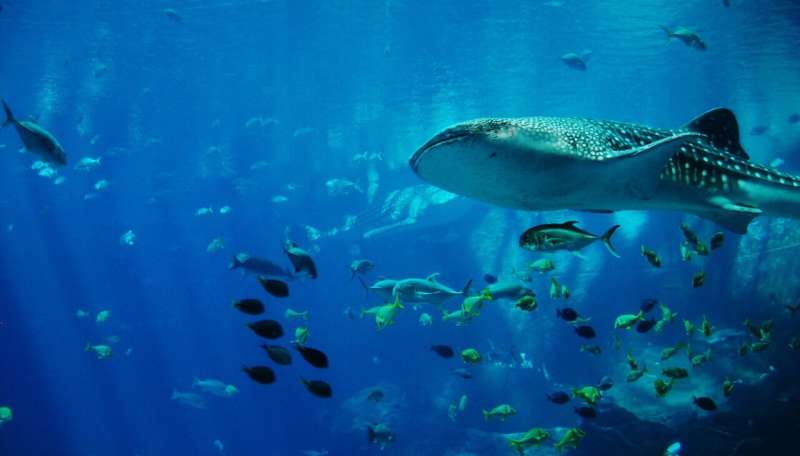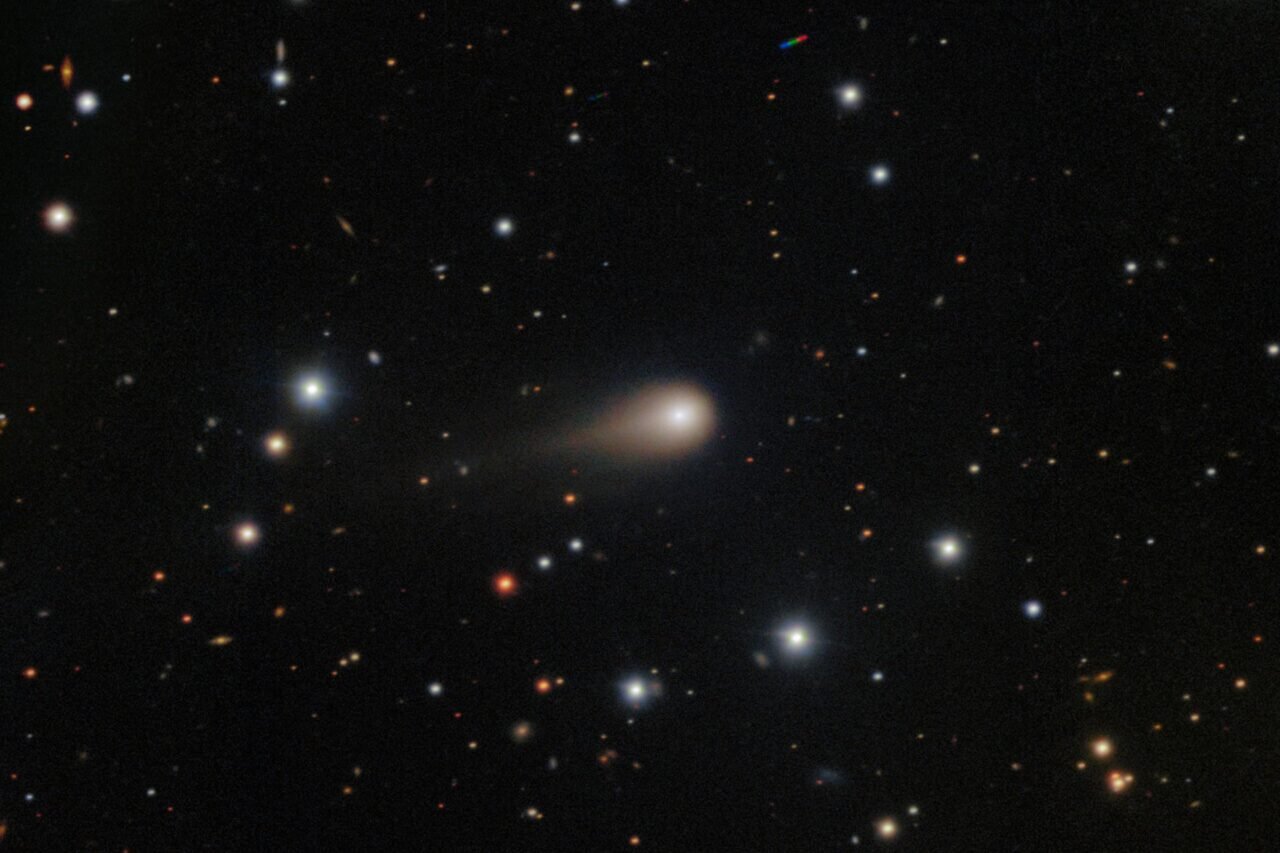The University of Hawaiʻi at Mānoa is taking a significant step in disaster management by participating in the $25.6 million Sage Grande project. This initiative, funded by the National Science Foundation (NSF), aims to deploy advanced artificial intelligence (AI) technology to enhance monitoring of natural disasters such as wildfires, floods, and volcanic eruptions across the United States.
Sage Grande will involve the installation of 300 smart sensor systems nationwide. These sensors will analyze environmental data in real-time, allowing for quicker responses to changing conditions. Traditionally, data collected by monitoring systems would need to be transmitted to central servers for analysis, which could lead to delays in urgent situations. With this new approach, communities can receive immediate updates on critical threats, such as smoke from a fire or shifting weather patterns.
Professor Jason Leigh, who directs the Laboratory for Advanced Visualization and Applications in the Department of Information and Computer Sciences at UH Mānoa, emphasized the project’s dual benefits: advancing disaster preparedness and providing students with hands-on experience in cutting-edge technology. “By joining Sage Grande, UH is not only advancing disaster preparedness and environmental science, but also giving our students hands-on experience with cutting-edge AI,” he stated.
Deployment Plans in Hawaii
The UH Mānoa team plans to deploy two to three of these advanced sensors across the Hawaiian islands next year, with specific locations still to be determined. This initiative builds on the university’s existing experience with similar technologies. At Hawaiʻi Volcanoes National Park, for example, a current-generation Sage sensor has been utilized by students to test AI tools that analyze real-time data from the Kīlauea volcano. Their efforts have demonstrated the potential of AI to address fundamental questions such as whether an eruption is imminent.
In addition, a similar sensor has been installed in Lahaina on the island of Maui, where it connects to the internet via satellite. This system is programmed to monitor air quality and fire risks in a region severely affected by the 2023 wildfires. Supported by another NSF grant, this project is also gathering climate and pollution data, aiding in recovery efforts and informing future planning.
Community Engagement and Training
The involvement of local students in these initiatives is a key component of the project. They are gaining valuable training in both environmental science and advanced AI applications. Leigh noted, “Oftentimes scientists—we’re so into our little scientific areas that we sometimes forget that we really have to do more to help the community, and we have that power. We have the capability.”
The integration of AI in environmental monitoring marks a transformative shift in how communities can prepare for and respond to natural disasters. As the project unfolds, it promises to enhance not only scientific understanding but also community resilience in the face of climate-related challenges.
In a world increasingly impacted by environmental changes, initiatives like Sage Grande demonstrate a commitment to leveraging technology for the greater good, ensuring that communities are better equipped to face the challenges posed by nature.







